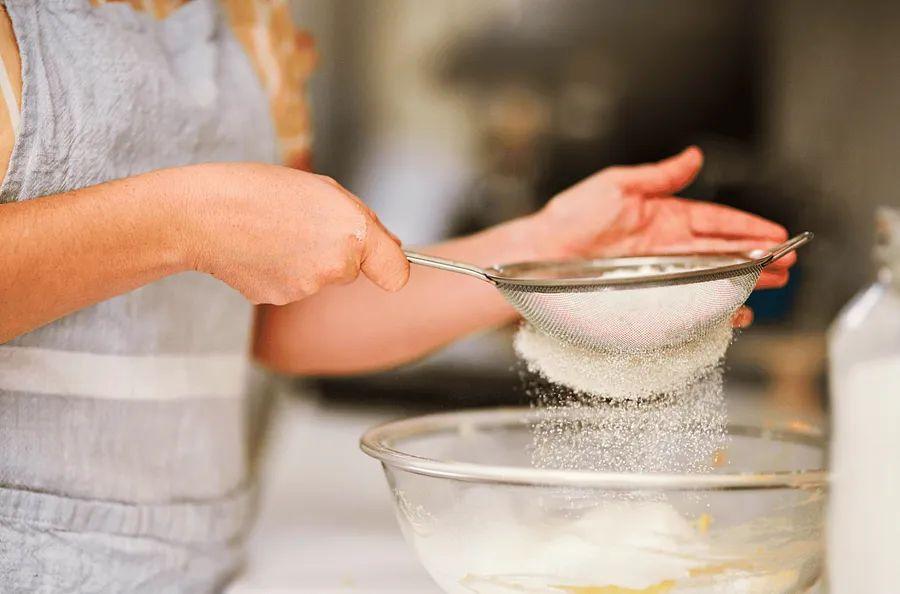To Sift or Not to Sift: Is It Really Necessary?

Many cake recipes ask you to "sift the dry ingredients" for the batter or to use "sifted powdered sugar" for frosting. But what’s the real purpose behind sifting these ingredients?
In essence, sifting dry ingredients like flour, cocoa powder, powdered sugar, or baking powder helps break up clumps and adds air to the mix. However, it’s not always as essential as some recipes suggest.
When Is Sifting Optional?
Do you love to bake? If you often find yourself reaching for your go-to baking ingredients a few times a month to create something tasty, you might be familiar with the process of sifting.
If you’re a frequent baker, you can probably skip the sifting step when a recipe calls for all-purpose flour or a mixture of flour with baking powder or soda. Chances are, if you're using your ingredients regularly, you won’t find clumps that can't be mixed out.
Sifting flour was more common in older recipes, like those passed down from grandmothers, because of how flour was processed in the past. Today’s store-bought all-purpose flour is less likely to have clumps that need breaking up.
That said, if you’re skipping the sifting, I recommend whisking your flour before measuring. Storing flour in a wide, airtight container makes this task quick and easy.
When Is Sifting Essential?
Unfortunately, there are times when skipping the sifter isn’t an option, even if you'd rather not dirty your fine mesh sieve.
If you only bake occasionally and your flour sits untouched for months, A) consider storing it in the freezer, and B) it’s a good idea to sift it when measuring. Flour that’s left in its container for too long is more likely to clump.
Sifting is also a must when working with ingredients that are notorious for clumping, like powdered sugar and cocoa powder. If you're using these in a frosting, trust me, sift them. Nobody wants a clumpy frosting!
Another time you should definitely sift is when making a delicate, airy batter where aerating the dry ingredients is crucial. A perfect example is angel food cake, but I’d even recommend sifting when making a classic white cake.
When it comes to sifting, like most things in baking, the answer is frustratingly — it depends.

1

2

3

4

5
Evaluation :
5/5